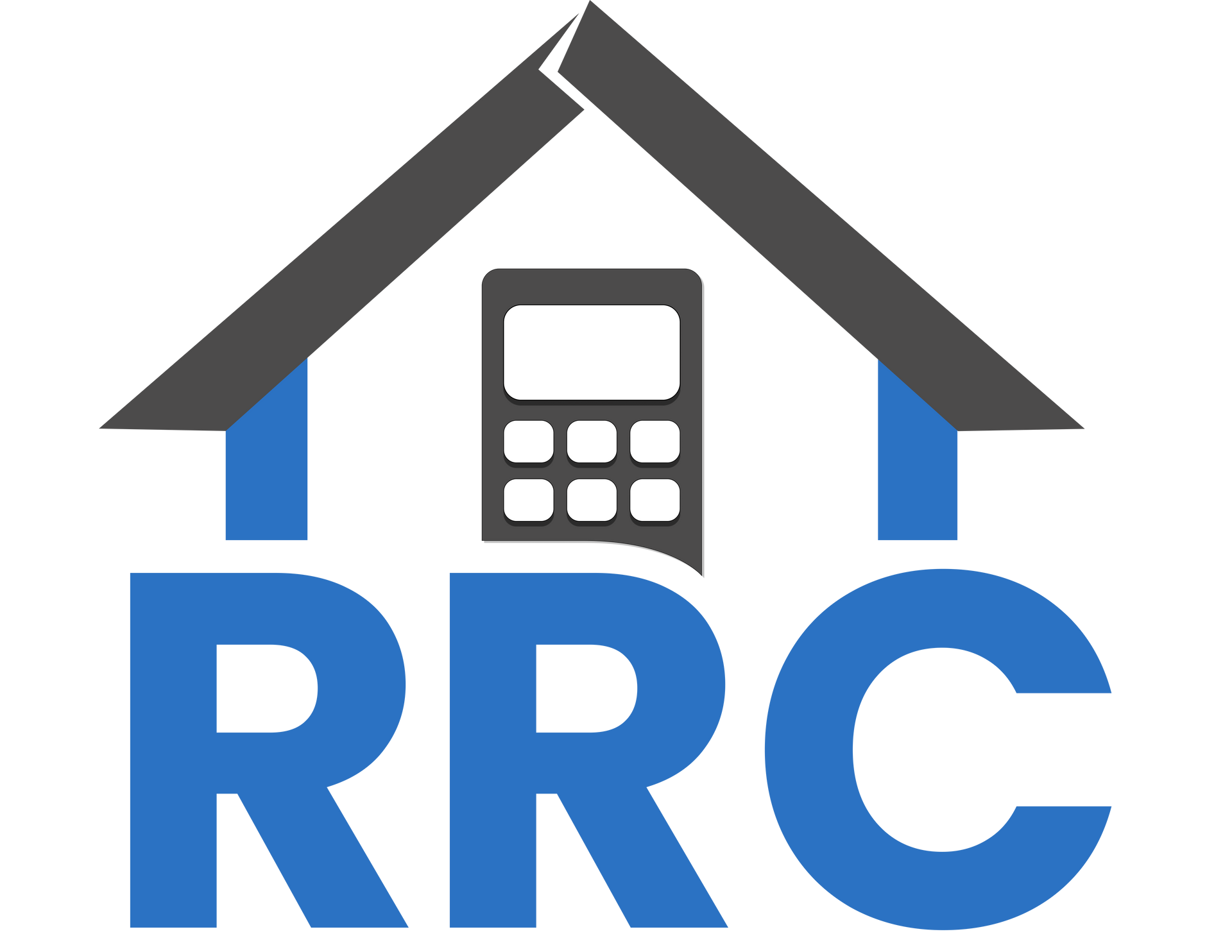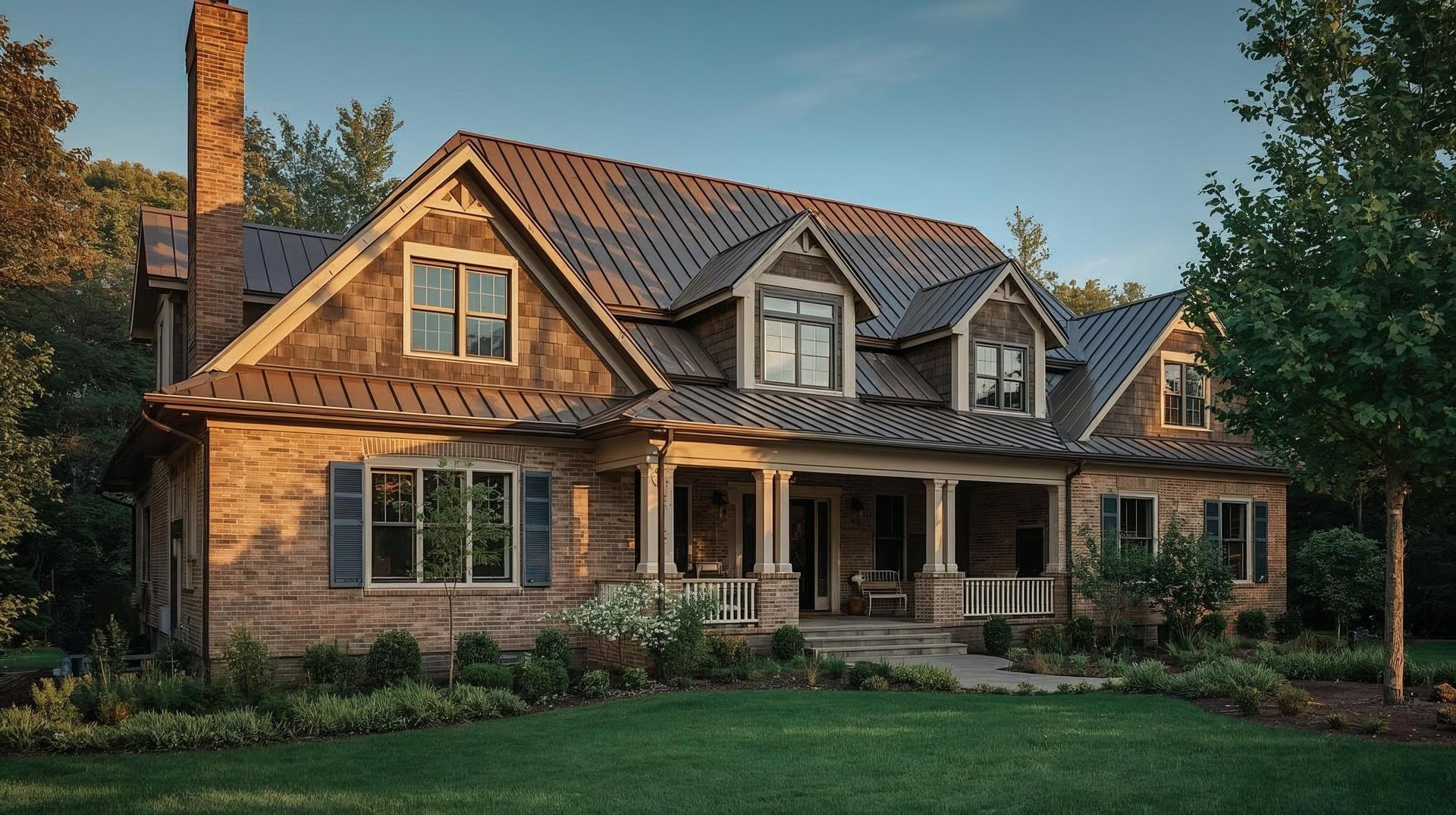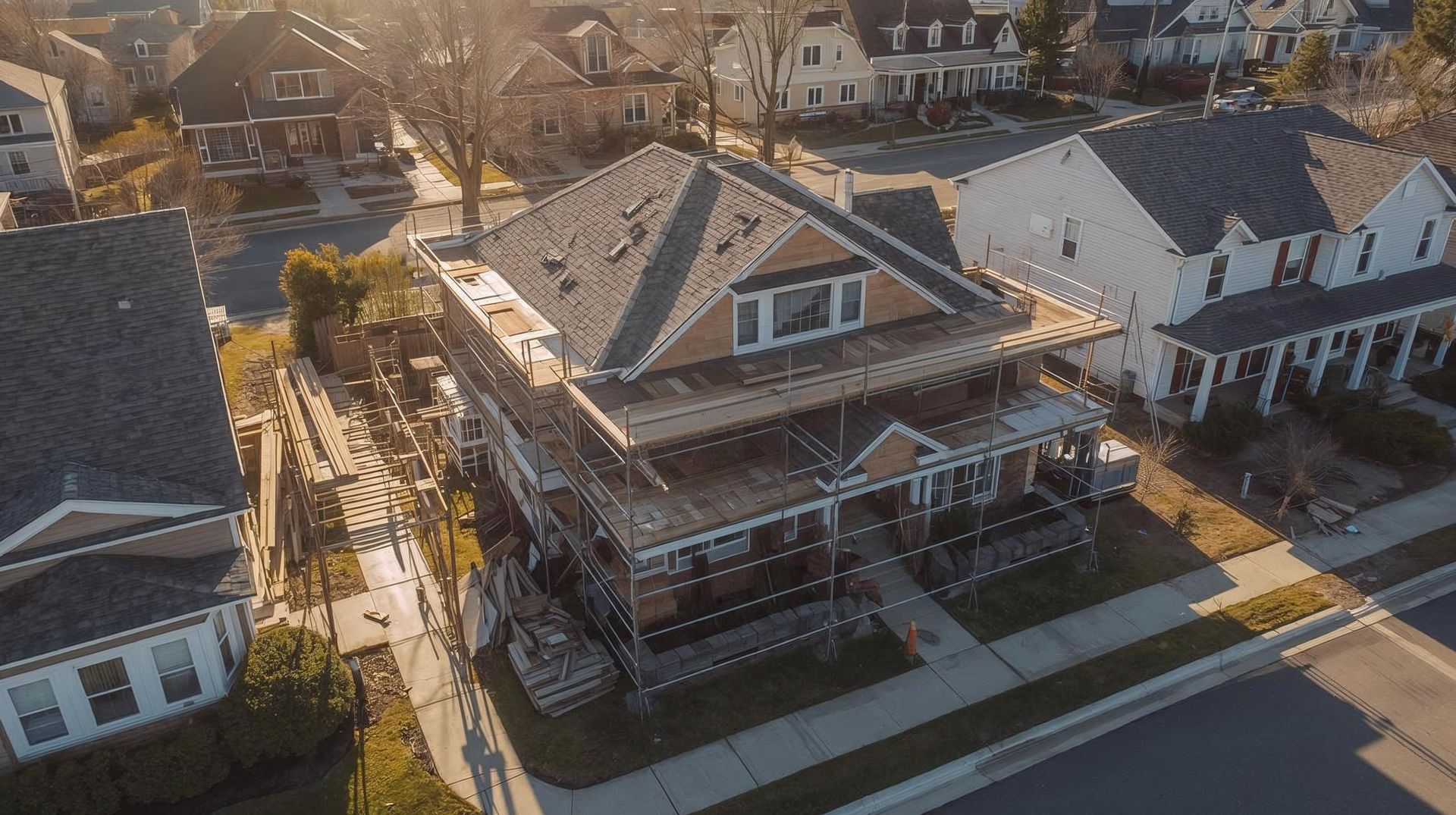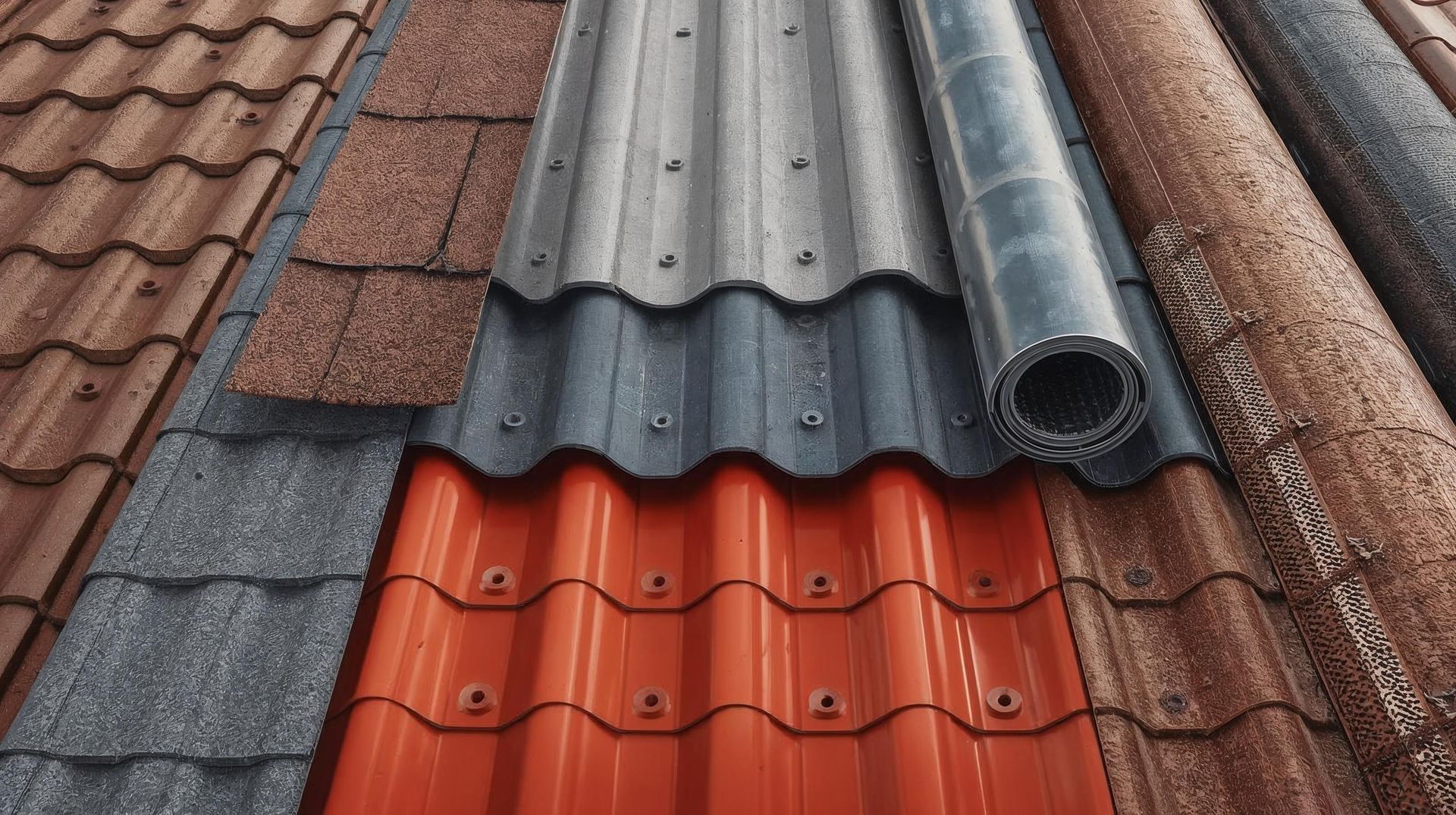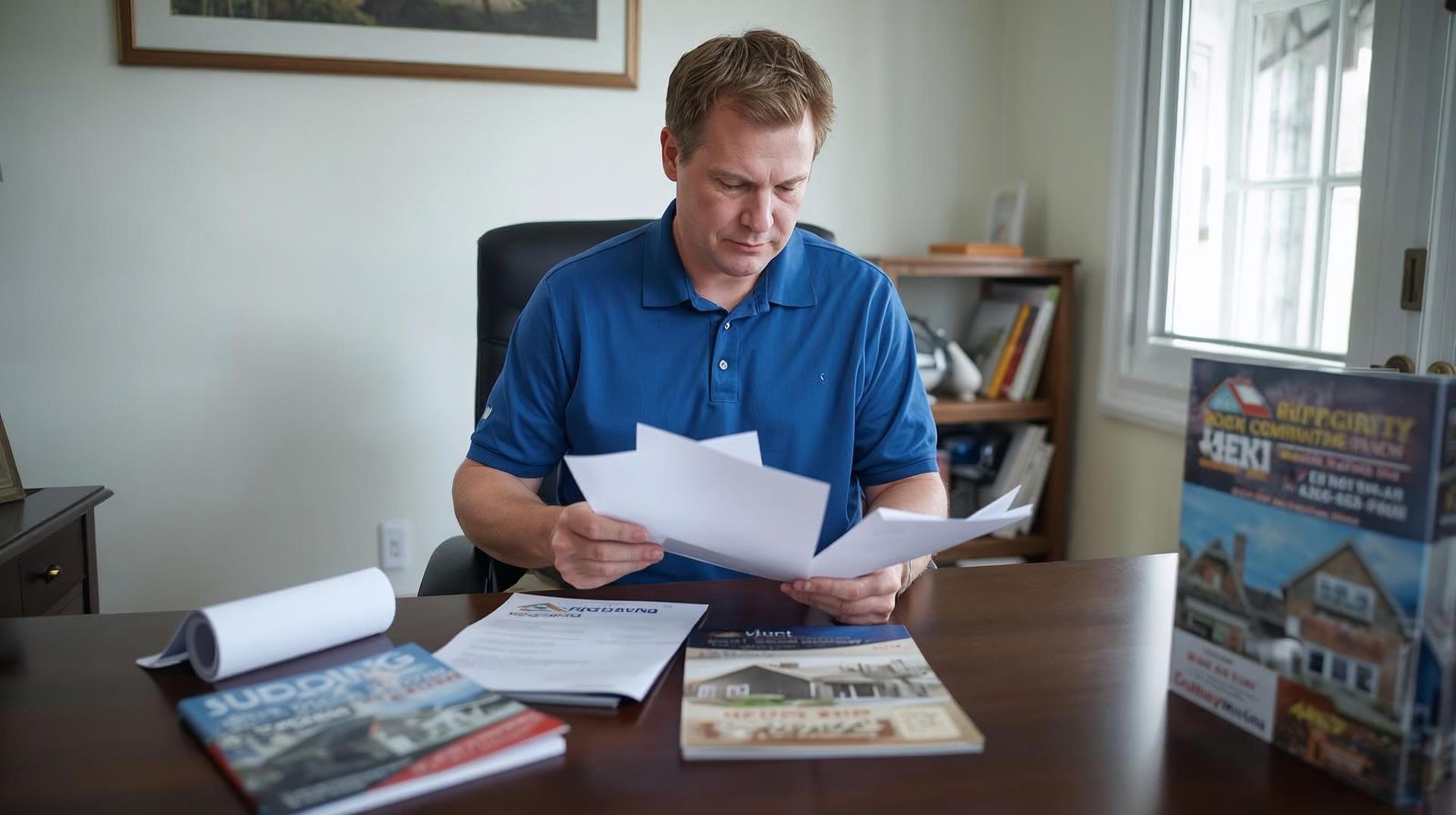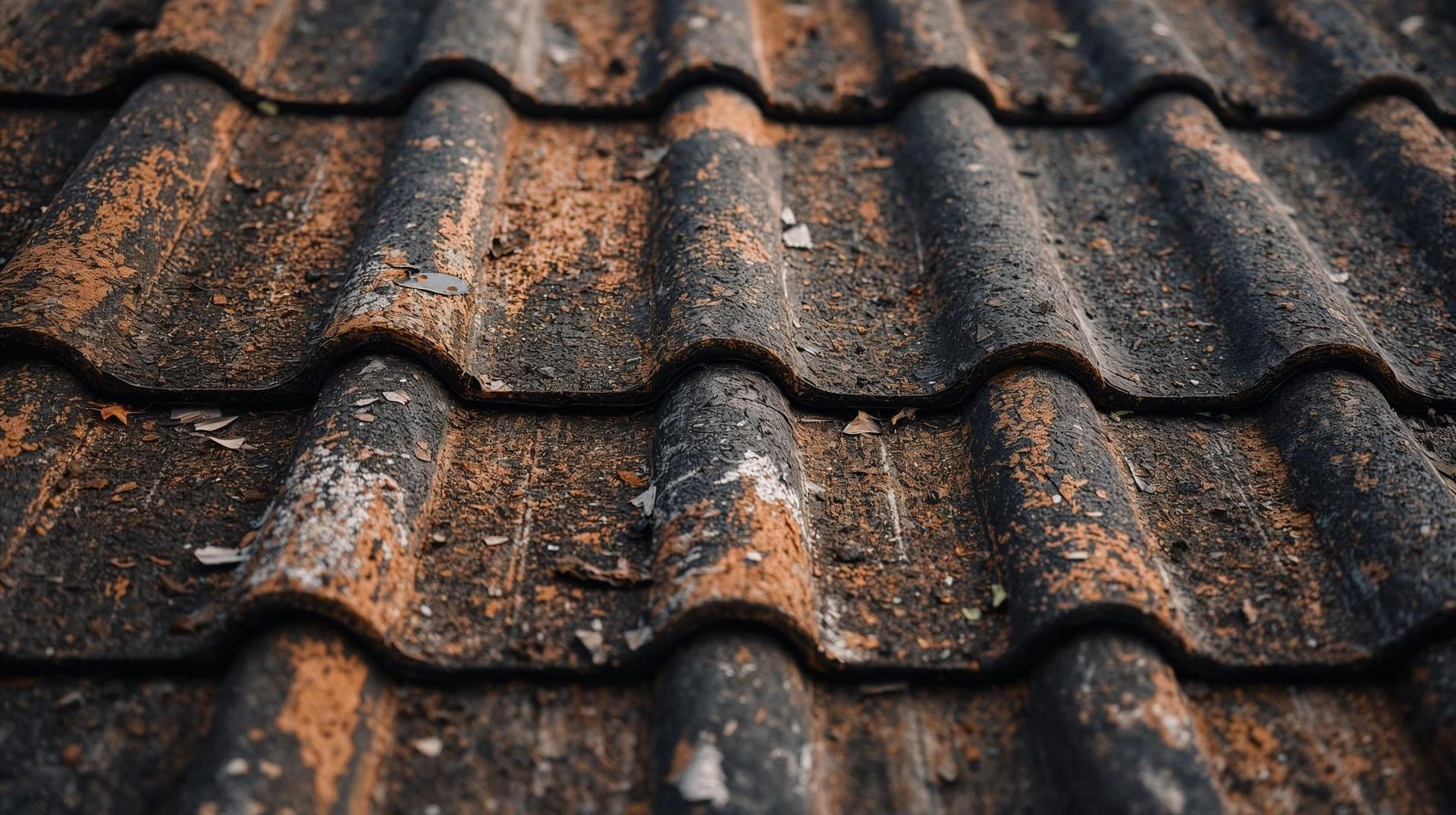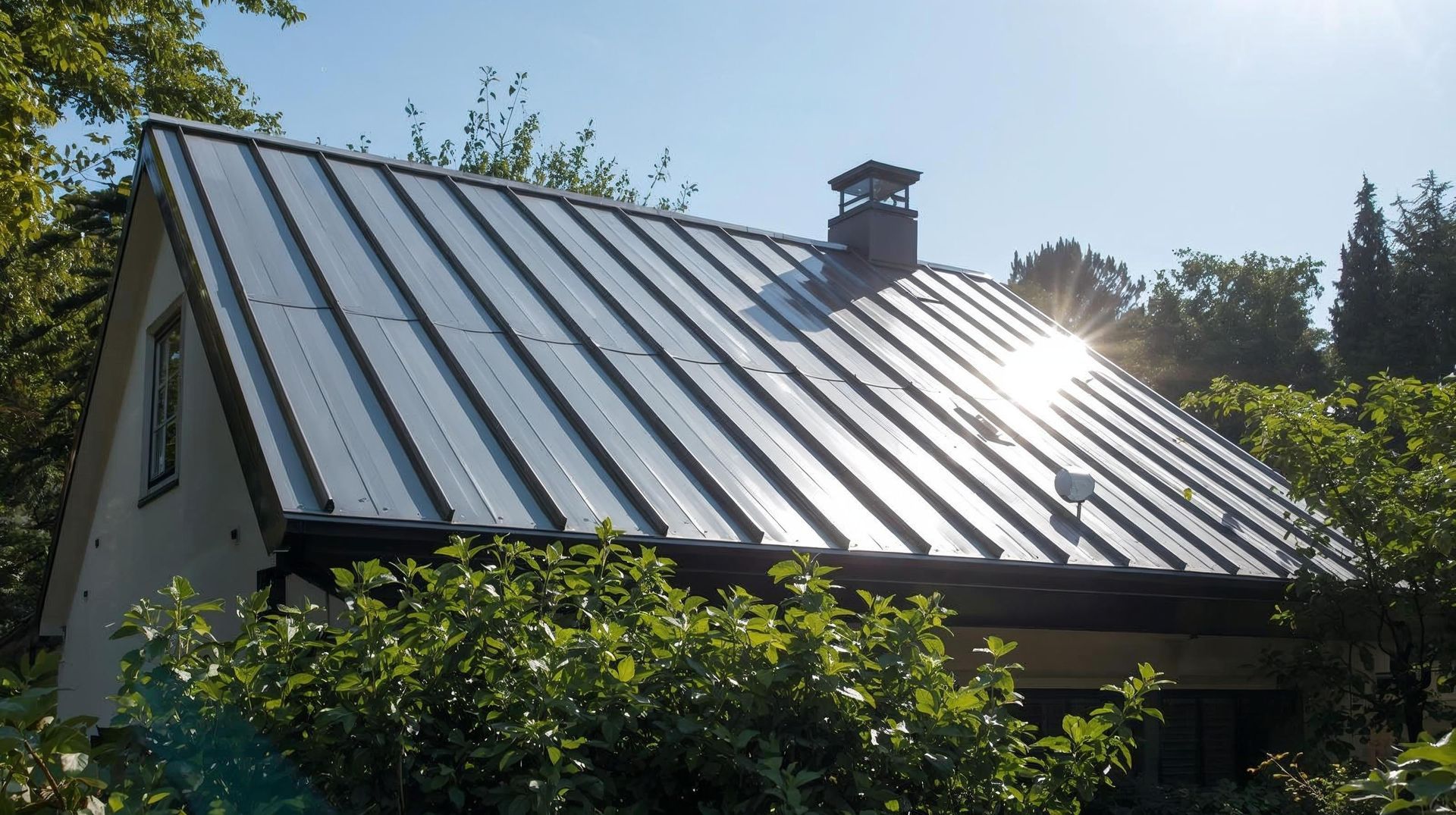How to Estimate Roof Replacement Costs Yourself
- Learn the difference between a simple roof repair and a full roof replacement project.
- Learn how to accurately measure your roof's size and calculate its square footage.
- Understand the primary cost drivers: roofing materials, labor costs, and additional expenses such as debris disposal.
- Explore other factors that affect price, from tear-off vs. layover to warranties and accessibility.
- Get a step-by-step method to build your own roof replacement estimate and compare it with roofing contractors’ free estimates.
- Find smart tips to save money and make cost-effective choices for your new roof.
- Save money: Contractors sometimes inflate roof replacement estimates. If you know the average cost for your roof type, you’ll recognize when a quote is too high.
- Provide clarity: You’ll understand where the significant costs come from, such as roofing materials, labor costs, or extras like debris disposal.
- Improve negotiation: Contractors respect informed homeowners. Walking in with an idea of your replacement cost helps you negotiate smarter.
- Removing the old roofing materials.
- Inspecting the decking for damage.
- Installing a new roof with fresh roofing materials.
- Roof repair is suitable if you just have a few shingles missing or localized damage.
- A roof replacement project is necessary if your existing roof is nearing the end of its life or has widespread issues.
- Asphalt shingles (square foot asphalt shingles): 15–25 years.
- Architectural shingles: 25–30 years, slightly higher cost but longer life.
- Metal roofing or metal shingles: 40–70 years, extremely durable.
- Slate tiles: 70–100+ years, premium material with the highest average price.
- Clay tiles: 50–100 years, durable but heavy.
- Wood shingles: 20–30 years, charming but less durable.
- First, you’ll need to figure out your roof size in square footage.
- Then, you’ll look at the key things that drive the overall cost, like the type of roofing materials you choose, the labor costs per square foot, and any extras such as debris disposal or permits.
- Finally, you’ll add it all up to get a realistic number for your new roof cost.
- Break the roof into rectangles or triangles.
- Measure the length and width of each.
- Multiply length by width to get square footage.
- Adjust for slope (a steeper pitch increases surface area).
- Add 10–15% for waste, because you’ll need more materials for cuts and overlaps.
- Asphalt shingles: Around 3.50 to 5.50 dollars per square foot. The most cost-effective and common choice.
- Architectural shingles: A step up from basic asphalt. They cost more per square foot but last longer.
- Metal roofing: Between 6 and 15 dollars per square foot. Extremely durable and energy-efficient.
- Slate tiles: 15 to 30 dollars per square foot. Premium look, highest average cost, but lasts a century.
- Clay tiles: 12 to 20 dollars per square foot. Stylish and long-lasting.
- Wood shingles: 6 to 9 dollars per square foot. Classic appearance, but shorter lifespan.
- Copper roofing: Among the highest new roof cost options.
- Tile roofing: Durable, but adds significant cost due to weight and complexity.
- Labor costs account for around 60 percent of the total cost.
- Roofing companies charge more for complex jobs, steeper pitches, and difficult access.
- The labor cost per square foot usually ranges from 2.50 to 6 dollars depending on your region.
- Manufacturer warranties: Choosing premium roofing materials like architectural shingles or metal roofing often comes with longer warranties, but these can add to the upfront replacement cost.
- Workmanship warranties: Many roofing companies offer extended coverage for labor, which may slightly raise the overall cost but save you from a surprise roof repair cost down the road.
- Insurance coverage: If your roof were damaged by a storm, your insurance might cover part of the cost to replace it. But if it’s simply an old roof at the end of its life, you’ll be paying out of pocket.
- Planned replacement: If you schedule your roof installation in advance, you can shop around for free estimates and take advantage of off-season pricing.
- Emergency replacement: If a tree falls on your house or your old roof starts leaking badly, you may end up paying a higher cost for rush service, especially if multiple homes in your area need repairs after a storm.
- Cool roofing materials: Reflect heat and lower energy bills.
- Solar shingles: More expensive upfront, but can cut electric costs dramatically.
- Recycling old roofing materials: Some roofing companies now recycle asphalt shingles, which can reduce debris disposal fees and environmental impact.
- Debris disposal for tearing off the old roof.
- Permits and fees required by local building codes.
- Upgrades such as flashing, ridge vents, or underlayment.
- Repairing damaged decking beneath the existing roofing material.
- Tear-off: Removing all the old roofing materials adds to labor and disposal fees, but it’s the best option for long-term durability. It ensures the roofing company can check for rot, leaks, or decking damage.
- Layover (roof-over): Some homeowners choose to install new shingles over the existing roof. This is cheaper because there’s no debris disposal or tear-off cost, but it can lead to problems later. Many reputable roofing contractors advise against it.
- Cost = (Roof Size × Material Price per Square Foot)
- (Roof Size × Labor Cost per Square Foot)
- Extras + Permits + Contingency (usually 10 percent)
- Material: 1,500 × 5 = 7,500 dollars.
- Labor: 1,500 × 3 = 4,500 dollars.
- Extras: 1,500 dollars.
- Buffer (10%): 1,350 dollars.
- Estimated total cost to replace the roof = 14,850 dollars.
- Use an instant roof quote from online calculators to double-check your math.
- Compare your DIY number with free estimates from at least three reputable roofing contractors.
- If your quote is far higher or lower than the average cost, revisit your numbers; maybe your roof size or roof type estimate was off.
- Replace your roof in the off-season when roofing companies charge less.
- Choose architectural shingles instead of luxury slate tiles if you need a balance between cost and lifespan.
- Always get multiple roof replacement estimates; competition saves money.
- Invest in quality now to avoid constant roof repair costs in the future.
- Consider energy-efficient metal roofing or reflective shingles to save long-term on utilities.
- Metal roofing and reflective shingles help reduce cooling costs.
- Solar shingles can transform your roof installation into a renewable energy investment.
- Recycling old roofing materials cuts down on landfill waste.
- DIY is fine for small roof repairs like fixing a few shingles.
- For a full roof replacement project, hire a reputable roofing contractor.
- Always check for licenses, references, and warranties before signing.
What is the average roof replacement cost in the U.S.?
The average roof replacement cost for a median-sized home in the U.S. ranges from $7,000 to $15,000, depending on the roof size, roofing materials, and local labor costs. Larger roofs, premium options like slate tiles, or complex designs will push the price higher.
How do I estimate roof replacement cost myself?
To estimate roof replacement cost, measure your roof size in square footage, choose your roofing materials (like asphalt shingles or metal roofing), calculate the labor costs per square foot, and add extras such as debris disposal or permits. This gives you a reliable ballpark number before calling a roofing contractor.
What roofing materials are the most cost-effective?
The most cost-effective roofing material for a roof replacement project is usually asphalt shingles, which cost less per square foot and are widely available. Architectural shingles offer better durability for a slightly higher price, while metal roofing and slate tiles come with a higher cost but are extremely durable and long-lasting.
How often should a roof be replaced?
The lifespan of a roof depends on the roofing material:
- Asphalt shingle roof: 15–25 years
- Architectural shingles: up to 30 years
- Metal shingles or metal roofing: 40–70 years
- Slate tiles or clay tiles: 70–100+ years
- Wood shingles: 20–30 years
If your existing roof is older than these ranges or shows signs of leaks and wear, it may be time to calculate the cost to replace it.
Is it cheaper to repair a roof or replace it?
In the short term, a roof repair cost (fixing a few shingles or patching a small leak) is cheaper than replacing the entire roof. But if your old roof is near the end of its life, investing in a full roof replacement may be more cost-effective in the long run, since you’ll avoid repeated repairs and higher overall costs later.
